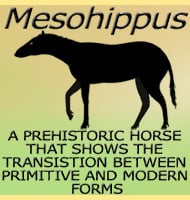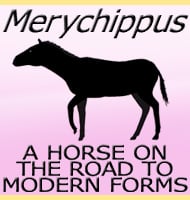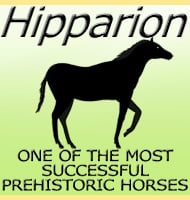Neohipparion
In Depth Whereas its relative Hipparion spread across North America, Eurasia and Africa, Neohipparion is so far only known from North America, from Southern Canada to across most of the United States and Mexico. Neohipparion appeared on the North American landscape at a time when grassy plains were replacing forests as the dominant habitats, a … Read more


